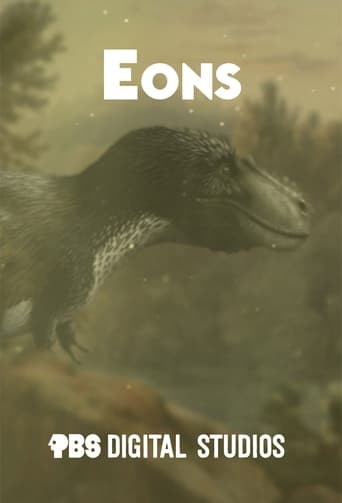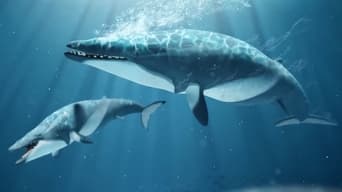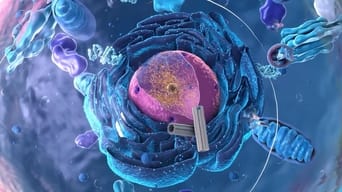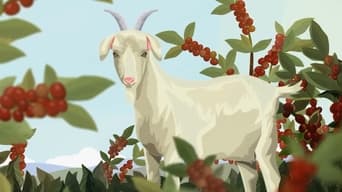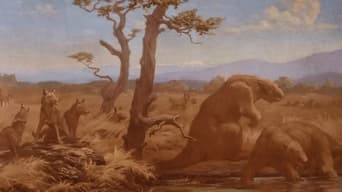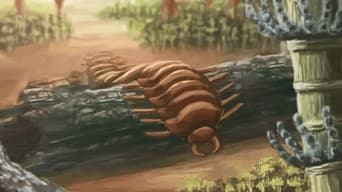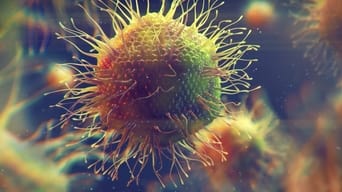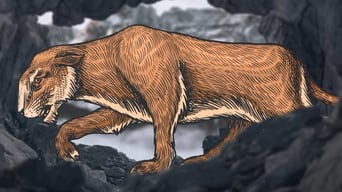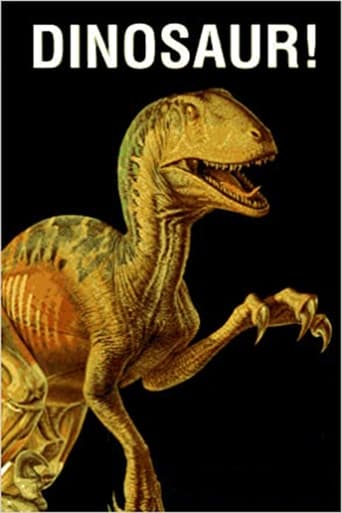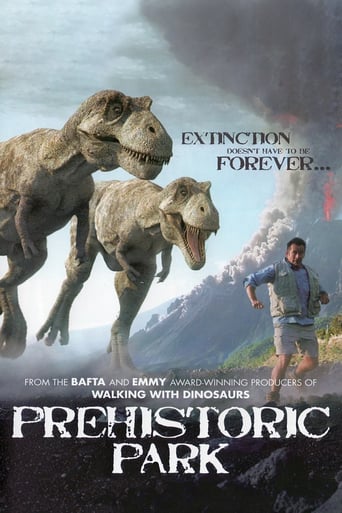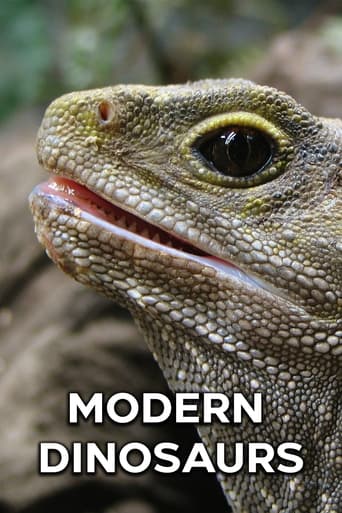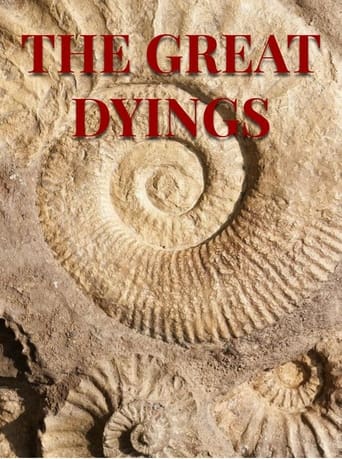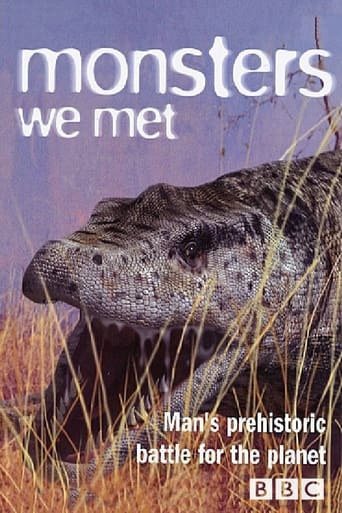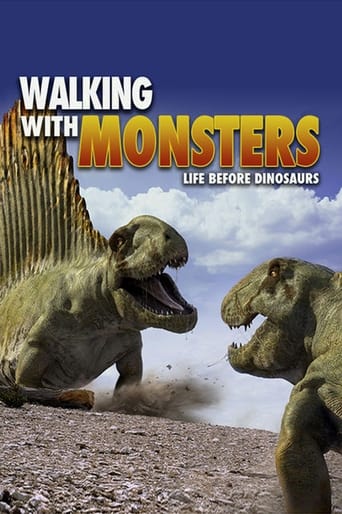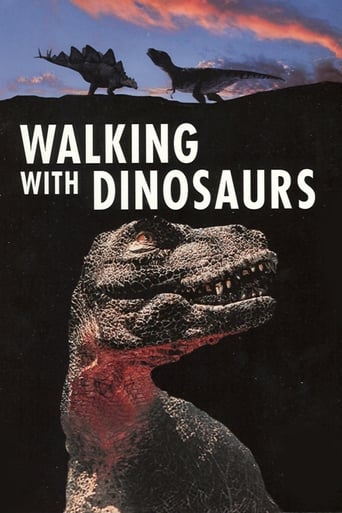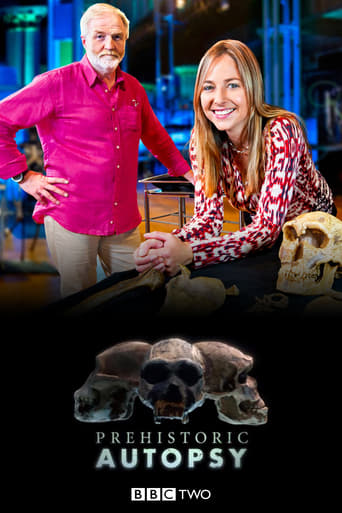Eons Season 6
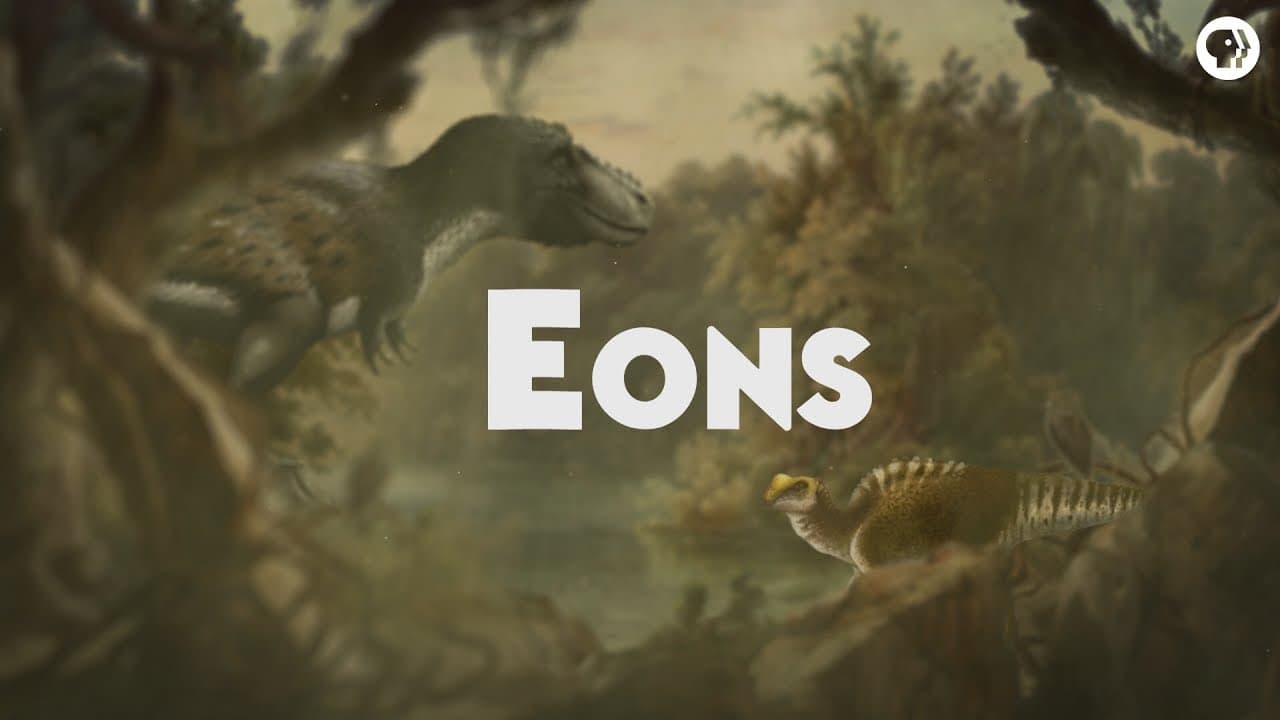
Join hosts Hank Green, Kallie Moore, and Blake de Pastino as they take you on a journey through the history of life on Earth. From the dawn of life in the Archaean Eon through the Mesozoic Era — the so-called “Age of Dinosaurs” -- right up to the end of the most recent Ice Age. The evolutionary history of mammals including humans and other modern species is explored with these amazing paleontology experts.
Watch NowWith 30 Day Free Trial!
Eons
2017 / TV-Y7
Join hosts Hank Green, Kallie Moore, and Blake de Pastino as they take you on a journey through the history of life on Earth. From the dawn of life in the Archaean Eon through the Mesozoic Era — the so-called “Age of Dinosaurs” -- right up to the end of the most recent Ice Age. The evolutionary history of mammals including humans and other modern species is explored with these amazing paleontology experts.
Watch Trailer
Eons Season 6 Full Episode Guide
Here are two ways to get a fossil species named after you.
Shanidar 1 got by with a little help from his friends
Sometimes evolution is completely predictable.
We might’ve been wrong about how this saber-toothed cat looked
Around the time that some of our fishapod relatives were crawling out of the water, others were turning around and diving right back in.
Mercury, Venus, and Mars are all super low on water – so where did ours come from and why do we have so much of it? We think our water came from a few unlikely sources: meteorites, space dust, and even the sun.
Ancient sperm whale heads belonged on every shark-cuterie board
We didn’t always wear clothes!
Paranthropus got chomped by a leopard
Wisdom teeth can be such a pain
Congrats! You just found a wombat burrow. And the cubes are its poop.
80 years ago, a bunch of fossils of ancient humans disappeared.
Disaster in the great plains!
Did you know that fossils can get sick? – Specifically with Pyrite Disease
This fungus was actually manipulating ants’ movements, forcing them to do something they’d never ordinarily do, something strange, yet specific…
Mystacodon is the earliest known mysticete, the group that, today, we call the baleen whales. But if this was a baleen whale, where was its baleen? Where did baleen come from? And how did it live without it?
There is one - and only one - group of mammals that doesn’t have alpha-gal: the catarrhine primates, which are the monkeys of Africa and Asia, the apes, and us.
Archaeologists have discovered an ancient art workshop
Flesh-eating bees exist!
We have no idea where they were all this time, or who stole and returned them and why.
One of the biggest earthquakes humans ever experienced happened around 3800 years ago in what's now northern Chile.
Today, billions of people around the world start their day with caffeine. But how and why did the ability to produce this molecule independently evolve in multiple, distantly-related lineages of flowering plants, again and again?
Despite the profound changes we’ve made here in recent history, the epic saga of Los Angeles' natural history is still visible - and even striking - if you know where and how to look for it.
This giant millipede was the largest known invertebrate to ever live on land. So how did it get so big??
Guemesia: a new no-arm dino
Spinosaurus had dense bones!
Microbiology goes macro with a new giant bacterium!
In 2003, microbiologists made a huge discovery. One that would force us to reconsider a lot of what we thought we knew about the evolution of microbial life: giant viruses.
Paleodictyon, a hexagonal-patterned fossil, is a bit of a mystery. We don’t even know if it’s a trace fossil, or the organism itself. So… what could it be?
In the quest to understand how evolution basically built the woolly mammoth, we may have found the blueprints for building them ourselves.
The newest oldest saber-toothed mammal
What was this ancient pup’s last meal?
Sometimes modern problems require ancient, evolutionary solutions.
Does Homo erectus beat out Homo sapiens?
There’s something weird going on at the Cleveland-Lloyd Dinosaur Quarry in what’s now Utah.
Fossil evidence suggests Diictodon used burrows to breed, and that a parent stayed behind to feed and protect their young. And the parent that stayed behind? It might’ve been the male.
A mysterious, large feline roamed Eurasia during the last ice age. Its fossils have been found across the continent, and it’s been the subject of ancient artwork. So what exactly were these big cats?
While we’ve been farming for around 10,000 to 12,000 years, the ancestors of ants have been doing it for around 60 million years. So when, and how, and why did ants start … farming?
Only a handful of Denisovan fossils have been identified. In the absence of actual body fossils, it’s impossible for us to reconstruct their morphology, right?
While sour taste's original purpose was to warn vertebrates of danger, in a few animal groups, including us, its role has reversed. The taste of danger became something it was dangerous for us to avoid.
We tend to think that evolution only goes in one direction— toward getting bigger and more advanced. But that’s not always the case. This tiny, simple animal, the Myxozoans, (yes, animal!) evolved from something bigger and more complex.
I will pass on the parasitic mind-controlling mushroom, thanks
The bird that evolved twice!
Hyenas weren’t always able to eat bones. In fact, only a few million years ago, they lived very different lives.
Thylacines are definitely extinct!
A truly enormous ichthyosaur around the size of a modern sperm whale, reached its size within just a few million years of taking to the water - a blink of an eye in evolutionary time.
Would you have survived the K-Pg Impact?
The ecological niche of apex predators was empty on Hateg Island, waiting to be occupied by something large, mobile, and powerful enough to fill it.
And it’s been reported that one of the geologists started it on purpose?
Why do human knees suck?
Don’t be fooled by convergent evolution.
Could humans survive during the Precambrian?
Dire wolves aren’t actually wolves but what they are might be even cooler.
There used to be SO MANY sharks...where did they go?
Today, all mammals from humans to bats have five fingers or fewer. Yes, even whales, whose finger bones are hidden in their fins. Birds have four or fewer and amphibians get the best of both worlds, often having four digits on their “hands” and five on their “feet.” But no species of vertebrates have more than five digits, let alone eight!
Do our modern horses descend from just one domesticated population, or did it happen many times, in many places? Answering these questions has been tricky, as we’ve needed to bring together evidence from art, archaeology, and ancient DNA…Because, as it turns out, the history of humans and horses has been a pretty wild ride.
As revolutionary as teeth were, they would go on to disappear in some groups of vertebrates. But why?
We often think of dinosaurs as either preying on other dinos or mammals, or as plant-eaters -- but in ecosystems today, those aren’t the only two options. So why would we expect dinosaurs to have only been carnivores or herbivores, with the occasional omnivore thrown in the mix?
The Snake Detection Hypothesis proposes that the ability to quickly spot and avoid snakes is deeply embedded in primates, including us - an evolutionary consequence of the danger snakes have posed to us over millions of years.
Around 10,000 years ago, somewhere in Africa, a microscopic parasite made a huge leap. With a little help from a mosquito, it left its animal host - probably a gorilla - and found its way to a new host: us.
Free Trial Channels
Seasons


